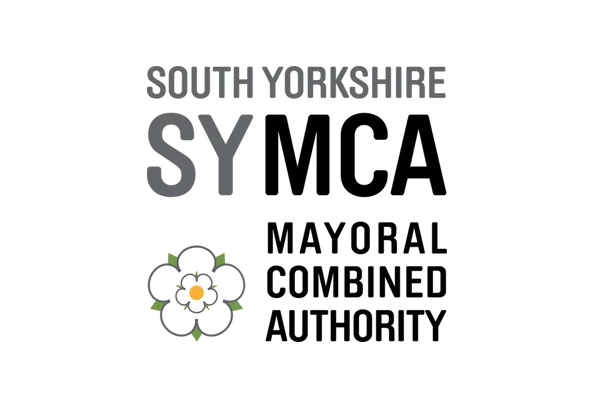
Yorkshire and the Humber to see productivity growth to 2020, according to EY
According to a new report from EY, Yorkshire and the Humber will see its productivity improve to 2020 with investment in tech skills playing a vital role.
EY’s annual UK Regional Economic Forecast shows that at 1.2%, Yorkshire and the Humber’s GVA (gross value added) growth from 2014-17 is likely to be the second lowest in the country, after the North East, and below the UK average of 1.5%.
The figures place the region near the bottom of the regional growth league table, reflecting a slowdown in growth outside of the larger cities as a result of lower migration and falling job numbers.
Yorkshire and the Humber’s outlook, however, is more positive with overall GVA across the region expected to increase by an average of 1.4% a year between 2017 and 2020.
The report also claims that total employment growth in Yorkshire and the Humber is expected to average only 0.1% a year up to 2020, as growth in manufacturing output does not translate to employment growth in the sector. While jobs growth continues to fall away as technology is used to boost productivity, this is countered by some job gains in the higher value-added service sectors.
Leeds’ GVA growth is expected to remain stable at 1.7% a year between 2017 and 2020 (1.7% 2014-17), outperforming Yorkshire and the Humber (1.4%) and closing the gap with the UK (1.8%).
However, although total employment in the city will continue to grow, driven by gains in the professional, scientific and technical (2,200 jobs) and administrative and support services (2,400 jobs) sectors, this will be at a reduced rate of 0.3% a year compared to 1.5% a year in 2014-17.
Meanwhile, Hull will see GVA growth of 1.4% a year over the next three years, with employment expansion of 0.1%.
Suzanne Robinson, Yorkshire and the Humber senior partner at EY, said: “I do find the region’s growth figures to 2017 a little surprising as they don’t reflect the sentiment of many of the businesses EY engages with across Yorkshire and the Humber on a daily basis.
“However, it is pleasing to see that annual growth will be improving to 2020, and I’m hopeful that with the right focus on skills and the digital opportunity, Yorkshire and Humber can drive even greater gains than those predicted by this forecast.
“The employment figures indicate the beginnings of potentially radical changes in where Yorkshire’s future employment growth will come from and demonstrate the importance of having a good spread of different industry sectors.
“While manufacturing remains a strong and important contributor to GVA within our region, the digital revolution continues apace with marked changes to the make-up of our regional economy on the horizon.
“The national figures clearly show that the more a region is exposed to ICT (information and communications technology) and professional and financial services, the faster the growth tends to be, as those sectors continue to drive the economy.
“The digital and technology sector is growing across all parts of the country and is one of the biggest opportunities to create more diverse regional economies. However the report shows that Yorkshire has a lower share of ICT jobs than other comparable regions outside London so there is a serious need for us to focus on these skills.
“The Government’s investment in both training computer science teachers and digital skills - mentioned in last month’s Budget - is very welcome at this time of rapid change. Investment in digital skills is vital to building the right infrastructure, workforce and new technologies that can ensure the country remains competitive on the world stage.
“However, it is imperative that this investment is also made regionally, if the opportunity to rebalance the economy is to not be missed.”



 How advancements in technology are shaping the future of the economy in North East England
How advancements in technology are shaping the future of the economy in North East England
 South Yorkshire Craftsmanship and Innovation: A Tale of Heritage and Growth
South Yorkshire Craftsmanship and Innovation: A Tale of Heritage and Growth
 Demystifying Degree Apprenticeships
Demystifying Degree Apprenticeships
 Industry-focused apprenticeships pave the way for a bright future in science manufacturing
Industry-focused apprenticeships pave the way for a bright future in science manufacturing
 What’s the best hosting plan for a business website?
What’s the best hosting plan for a business website?